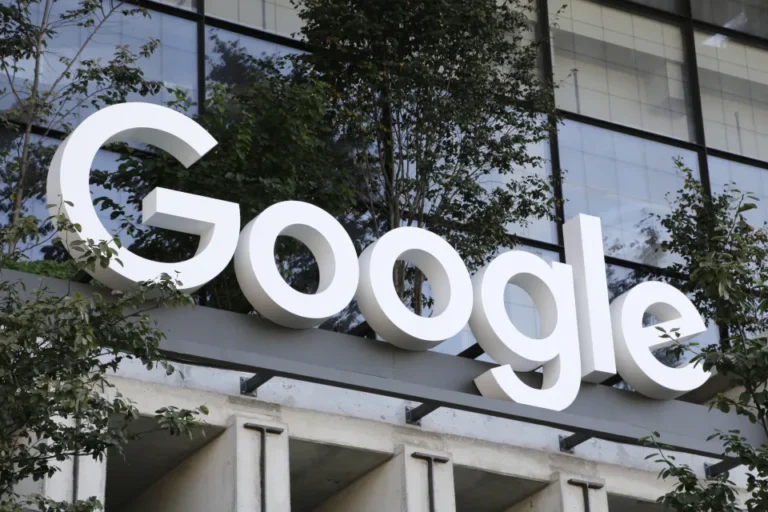Detailed instructions on how the corporation intends to implement C2PA watermarking in Search and other services have been provided.
When it comes to determining whether a piece of material was developed or updated using generative artificial intelligence (GAI) techniques, Google is making an effort to be more transparent. As part of its membership in the steering committee of the Coalition for Content Provenance and Authenticity (C2PA) earlier this year, Google has disclosed the manner in which it intends to initiate the implementation of the digital watermarking standard developed by the organization.
Google has spent the past few months working with partners such as Amazon, Meta, and OpenAI to figure out how to improve the technology that is used for watermarking content that was created or updated by GAI. Content Credentials is a technological standard that is used to safeguard metadata that details how an item was developed, as well as information about what has been modified and how it was modified. The company claims that it was helping to build the most recent version of Content Credentials. The newest version of Content Credentials, according to Google, is more secure and tamper-proof than previous versions since it uses more stringent validation procedures.
Within the next several months, Google will begin to integrate the most recent version of Content Credentials into a number of its most important products starting from now. To put it another way, it should soon be simpler to determine whether a picture was made or edited using GAI when looking at the results of a question on Google Search. If the image that appears on the screen has C2PA metadata, you should be able to determine the effect that GAI had on it by using the tool that is referred to as “About this image.” In addition, you may access this feature using Google Images, Lens, and Circle to Search.
The organization is investigating the possibility of utilizing C2PA in order to inform viewers of YouTube when footage was collected with a camera. Later on in this year, you can anticipate learning more about that.
Moreover, Google intends to include C2PA metadata into its advertising systems. Other than the fact that it will utilize “C2PA signals to inform how we enforce key policies” and will do so gradually, it did not give a great deal of information about how it intends to carry out its intentions in that jurisdiction.
It goes without saying that the success of this endeavor is contingent upon the fact that businesses like those that manufacture cameras and those that create GAI tools really make use of the C2PA watermarking system or not. If someone were to remove the metadata from an image, the technique would not prevent them from doing so either. Because of this, it might be more difficult for systems like Google’s to identify any instances of GAI usage.
In the meantime, throughout the course of this year, we have witnessed Meta grappling with the question of how to reveal whether or not photographs made with GAI were created on Facebook, Instagram, and Threads. The corporation has recently modified its policy in order to reduce the visibility of labels on photographs that were manipulated using artificial intelligence algorithms. Beginning this week, the “AI info” label will no longer be displayed in the forefront of the screen if the C2PA information shows that someone (for example) utilized Photoshop’s GAI capabilities to modify a real photo. Instead, it is hidden deep within the menu of the post.

